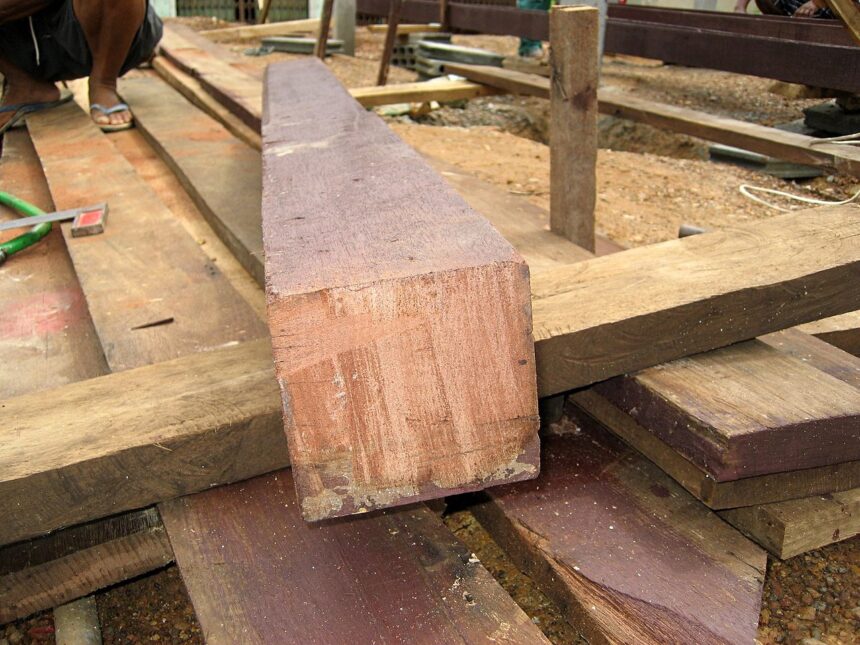In the shadows of Toronto’s downtown core, a transformation is quietly taking place. Construction crews aren’t just demolishing old structures—they’re carefully harvesting them. On a recent Thursday morning, I watched as workers meticulously extracted century-old Douglas fir beams from a 1920s warehouse, not as waste destined for landfills, but as precious resources about to begin their second life in Canada’s evolving urban landscape.
“What most people see as demolition waste, we see as tomorrow’s building materials,” explains Maya Richardson, founder of Urban Timber Recovery, who guides me through the site. “These beams have been seasoning for over 100 years. You simply can’t replicate that quality in new lumber.”
This methodical deconstruction represents a growing movement across Canadian cities that’s revolutionizing how we approach urban construction. Rather than the traditional “demolish and discard” model, developers and architects are increasingly turning to reclaimed timber—not just for aesthetic appeal, but as a practical solution to multiple challenges facing the construction industry.
The numbers tell a compelling story. According to Environment Canada, construction and demolition activities generate approximately 4 million tonnes of wood waste annually, with nearly 75% ending up in landfills. Meanwhile, the building sector accounts for roughly 40% of global carbon emissions when accounting for both construction and operations.
“Using reclaimed wood can reduce a project’s carbon footprint by up to 60% compared to virgin timber,” notes Dr. Samira Patel, environmental engineer at the University of Toronto’s Sustainable Construction Institute. “These materials have already completed their initial carbon cycle. When we reuse them, we’re essentially extending their carbon storage capacity while avoiding the emissions associated with new production.”
Beyond environmental benefits, reclaimed wood brings distinctive character to urban developments. At The Foundry, a new mixed-use development in Vancouver’s Gastown district, architects incorporated century-old timber from a decommissioned grain elevator. The result is striking—exposed beams bearing the marks of their industrial past now frame sleek modern apartments and offices.
“Clients are increasingly requesting materials with history and story,” says architect Jordan Chen. “There’s a tangible connection to place that you simply can’t achieve with new materials. Each mark, nail hole, and patina represents a piece of our collective heritage.”
This growing demand has sparked an emerging economic ecosystem. Companies specializing in “urban mining”—the systematic recovery of building materials—are creating new green jobs while developing specialized expertise. The reclaimed wood market in North America now exceeds $8 billion annually, growing at approximately 8% per year according to industry reports.
The trend is spreading beyond private developments. The City of Montreal recently mandated that all public building projects must incorporate a minimum of 15% reclaimed materials. Similar policies are under consideration in Toronto, Edmonton, and Calgary as municipal leaders recognize both the environmental and cultural value of building material reuse.
“These policies reflect a shifting paradigm in how we view our built environment,” explains Catherine Williams, Director of Sustainable Infrastructure at the Federation of Canadian Municipalities. “We’re moving from a linear consumption model to a circular one where buildings become material banks for future construction.”
However, challenges remain. Current building codes weren’t written with material reuse in mind, creating regulatory hurdles for architects and engineers. Testing and certification costs for reclaimed materials can be prohibitive for smaller projects. Additionally, the deconstruction process typically takes 2-3 times longer than conventional demolition, adding initial time and labor costs.
Industry veterans like Richardson remain undeterred. “We’re not just saving materials—we’re preserving craftsmanship and techniques that have largely disappeared from modern construction,” she tells me as we examine a hand-hewn beam bearing the marks of axes wielded by workers decades ago. “This isn’t just sustainable building; it’s cultural preservation.”
As cities across Canada continue growing and evolving, the question becomes increasingly relevant: Are our buildings merely temporary structures, or can they become renewable resources for future generations? The answer may lie in these weathered timbers finding new purpose in our urban landscape.














